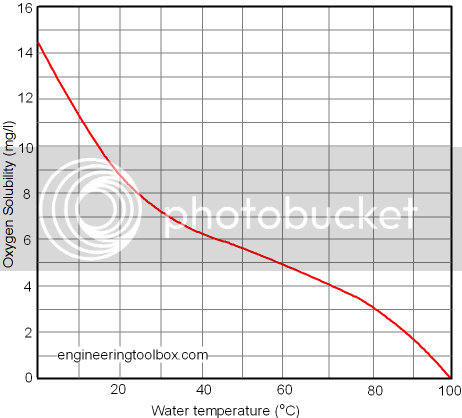Gang,
After nearly 10 extract brews, I think I'm ready to move to partials. I have an extract recipe that I'm a bit of a fan of, consisting mostly of dry amber malt, and I'm just wondering how you choose what grain and what quantity to use?? Like, how much grain to replace how much DME, and what factors effect that? I'm sure you'd need less of some grain, but more of others.
I notice grain generally has an EBC rating. Is that referring to what you'd expect if you used that grain 100%?
How important is the water content while mashing?? I think I've seen people say around 2L/kg? What effect will it have on the mash if I used more or less?
I'll be attempting partial BIAB with a 30L birko urn, so as far as equipment goes, I think I'm ready
Also, any other tips would be most appreciated.
After nearly 10 extract brews, I think I'm ready to move to partials. I have an extract recipe that I'm a bit of a fan of, consisting mostly of dry amber malt, and I'm just wondering how you choose what grain and what quantity to use?? Like, how much grain to replace how much DME, and what factors effect that? I'm sure you'd need less of some grain, but more of others.
I notice grain generally has an EBC rating. Is that referring to what you'd expect if you used that grain 100%?
How important is the water content while mashing?? I think I've seen people say around 2L/kg? What effect will it have on the mash if I used more or less?
I'll be attempting partial BIAB with a 30L birko urn, so as far as equipment goes, I think I'm ready
Also, any other tips would be most appreciated.





